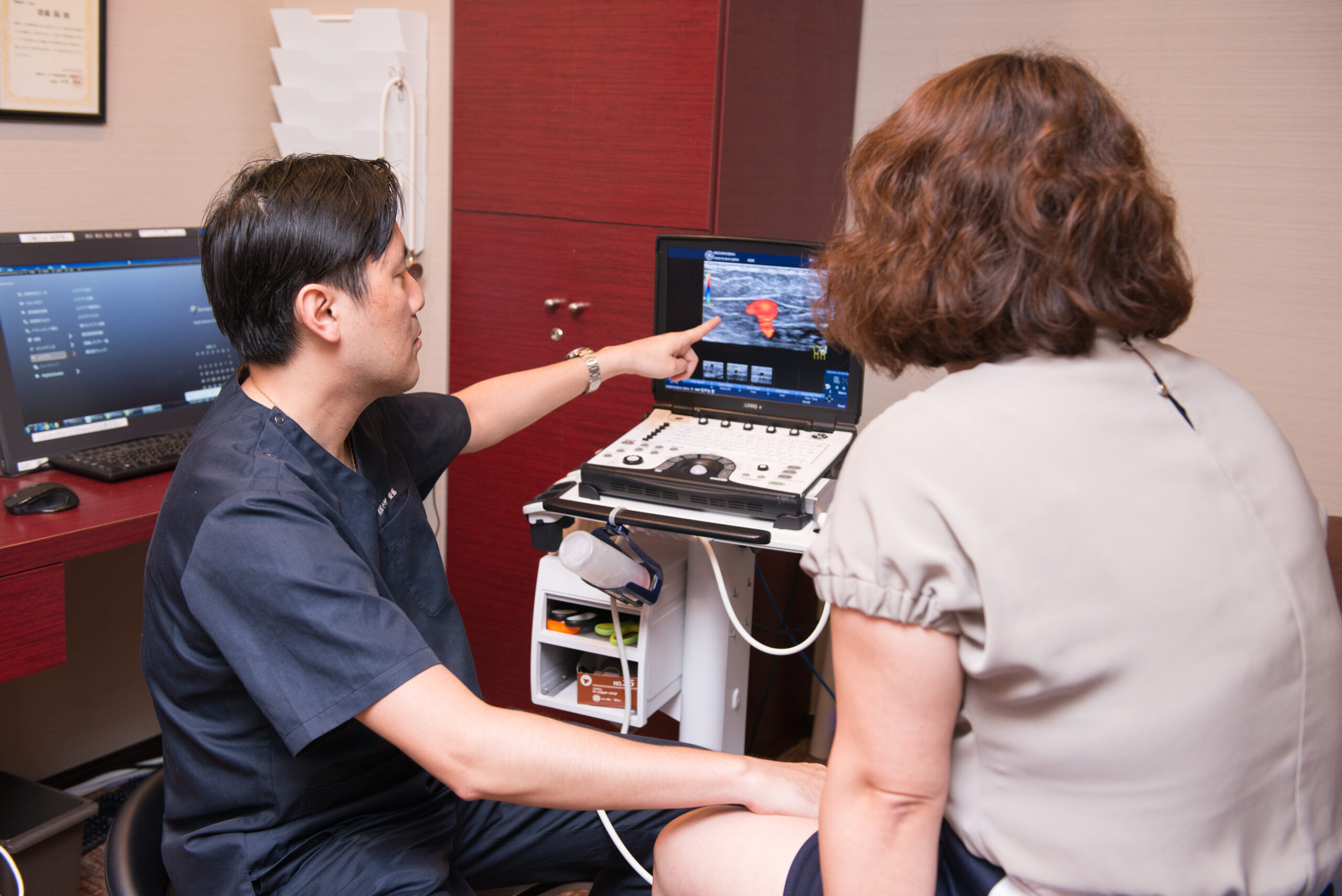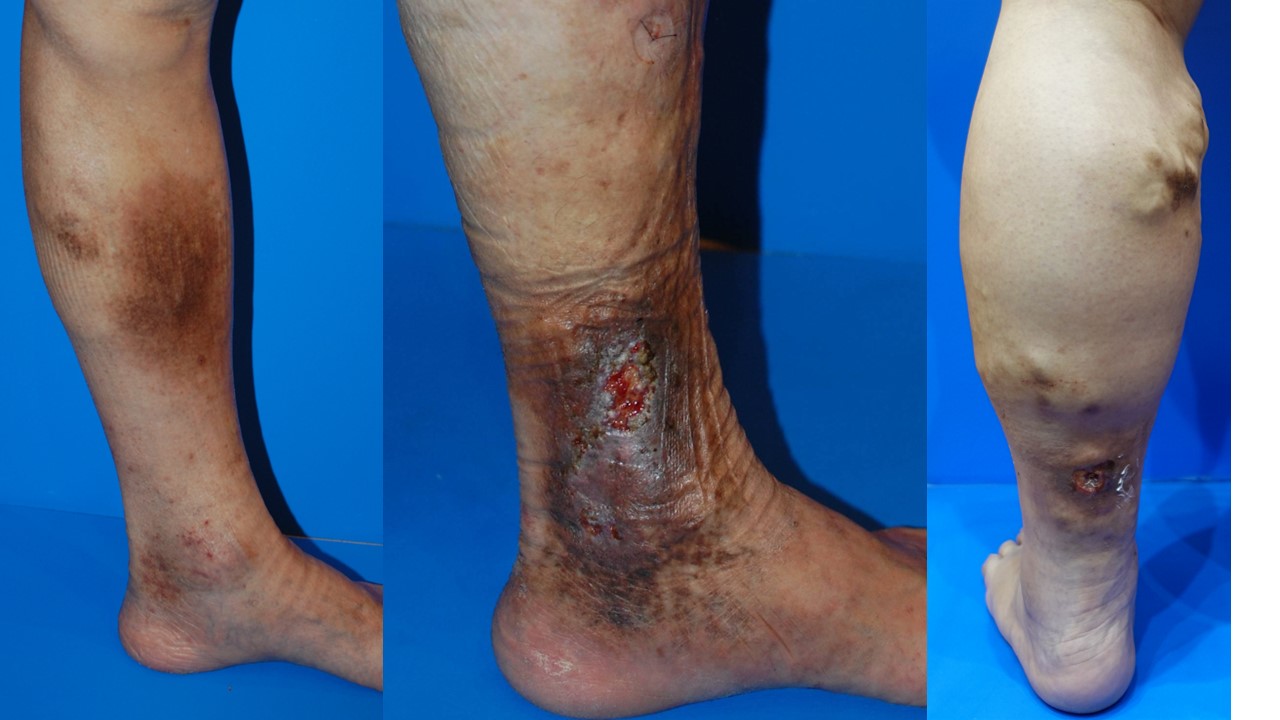Varicose veins refer to the condition where veins in the legs become enlarged and twisted. Leaving varicose veins untreated can have serious health consequences, making early diagnosis and appropriate treatment crucial. In this article, we will explain the methods of diagnosing varicose veins, the diagnostic process, and the benefits of early diagnosis.
Diagnostic Methods
The following methods are commonly used to diagnose varicose veins:
Visual Inspection and Medical History
During the initial visit, the doctor will visually inspect the patient’s legs and take a detailed medical history. Symptoms such as visible vein enlargement, twisting, and pigmentation can strongly suggest the presence of varicose veins.
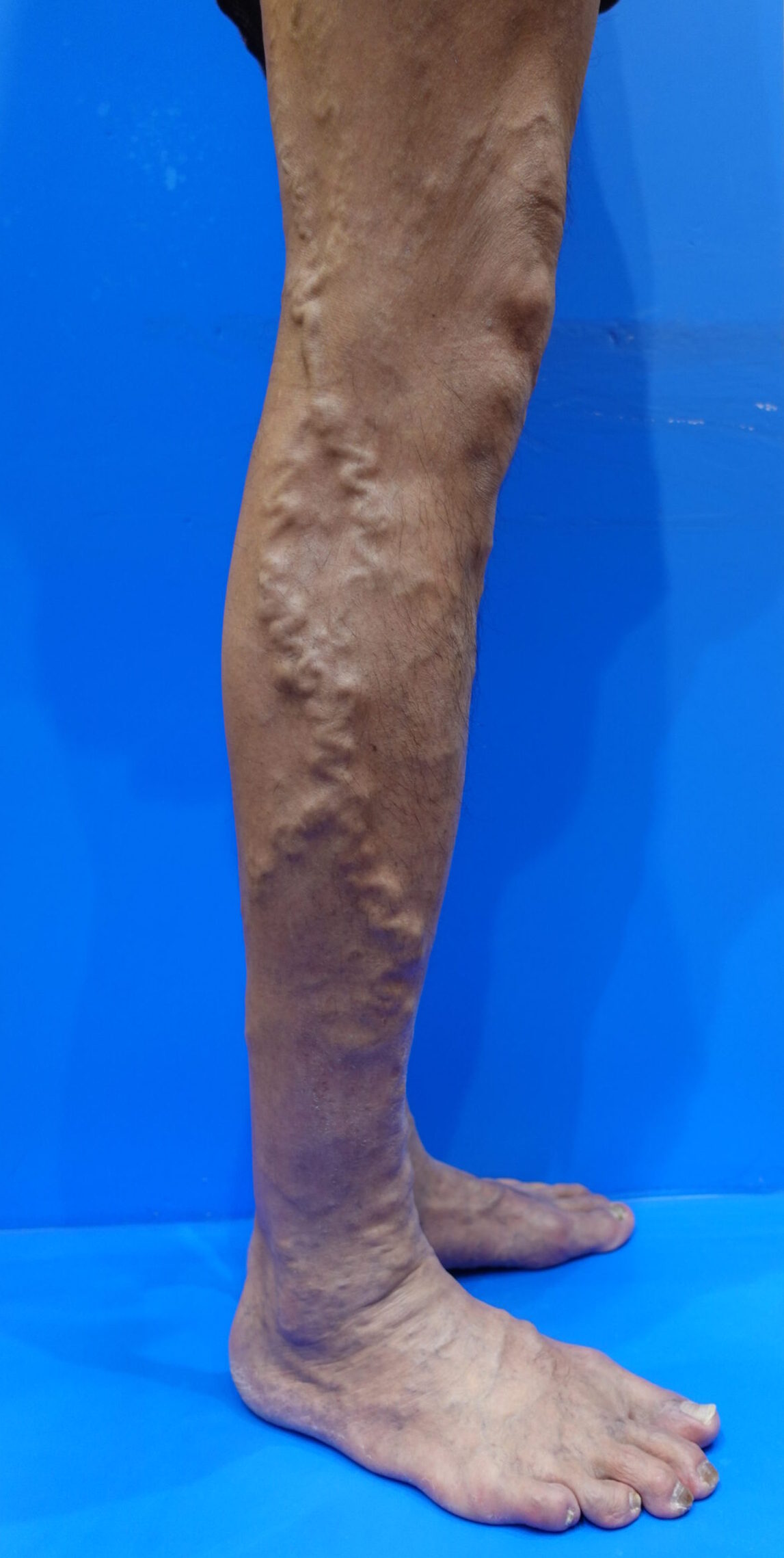
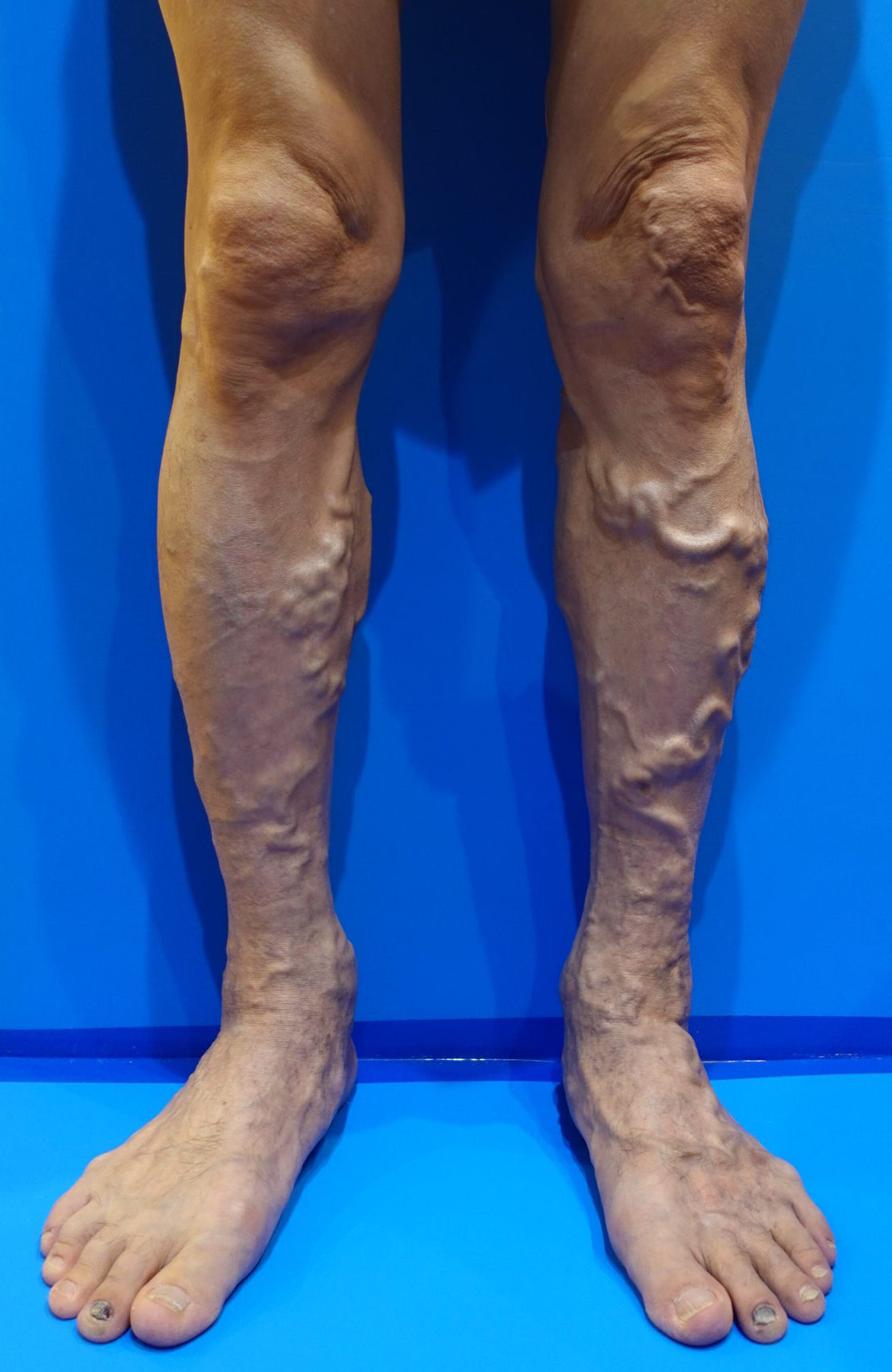
Ultrasound Examination (Doppler Scan)
Ultrasound examinations (Doppler scans) are extremely useful for visualizing blood flow in real-time and determining whether blood is flowing backward in the veins. This test allows for an accurate assessment of any blood flow abnormalities in the veins.
The Diagnostic Process
Initial Consultation: History and Visual Inspection
When a patient visits the clinic, a detailed consultation is conducted first. The doctor will ask about symptoms, medical history, occupation, and lifestyle. Next, the legs are visually inspected to assess their condition.
Ultrasound Examination
Based on the results of the consultation and visual inspection, an ultrasound examination is conducted. This test is painless and minimally invasive for the patient.
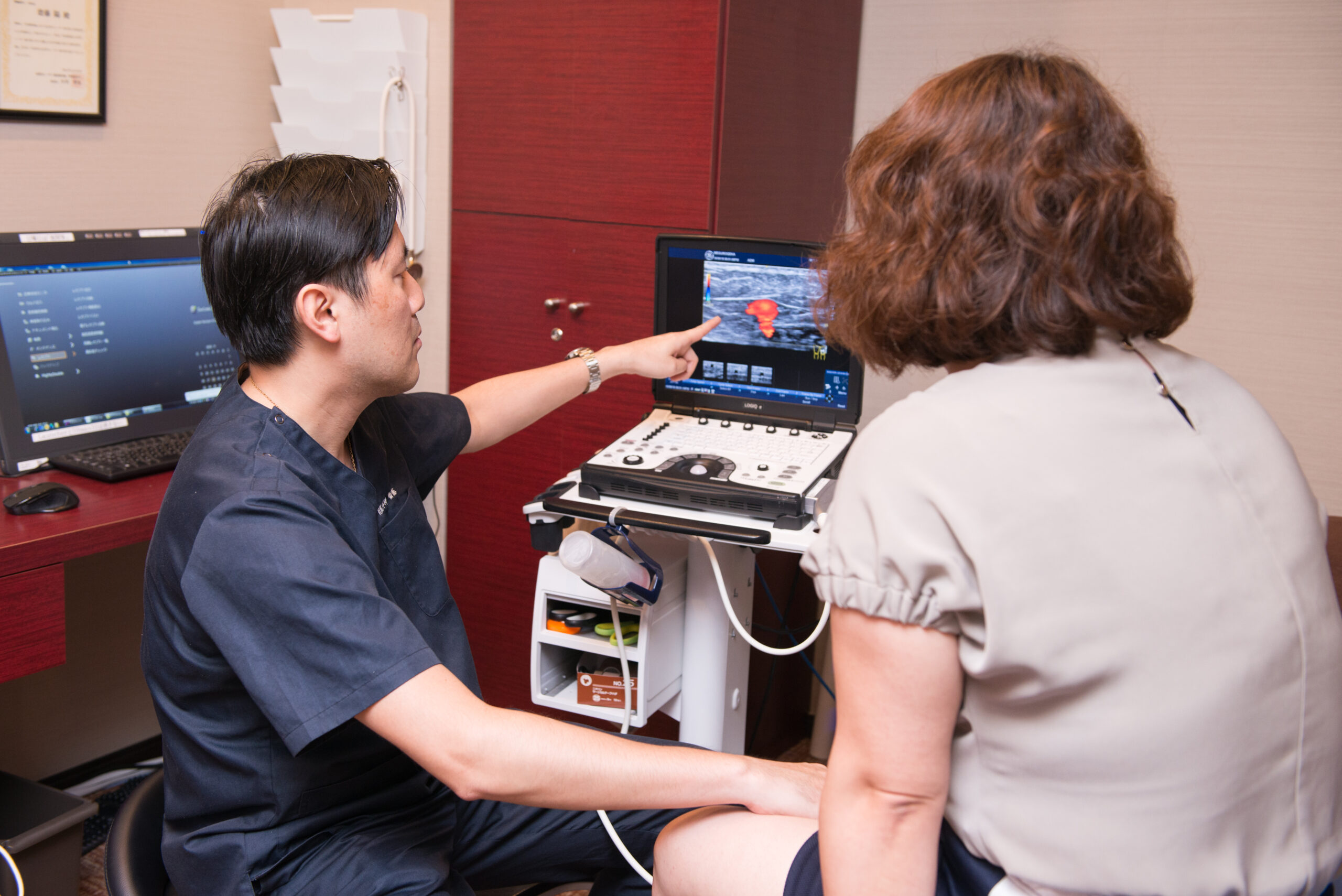
It is worth noting that the results of the ultrasound examination do not significantly differ whether performed while standing or sitting. Since some patients may feel unwell if they remain standing during the test, our clinic conducts the examination while the patient is seated.
Explanation of Diagnostic Results
In some medical institutions, a technician performs the ultrasound examination, and the results are explained later by the doctor.
At our clinic, the doctor explains the results to the patient immediately after the examination. Based on the diagnostic results, appropriate treatment options are proposed.
Benefits of Early Diagnosis
Varicose veins are a progressive condition, and early diagnosis and treatment offer many benefits, including:
Symptom Relief
Starting treatment early can quickly alleviate symptoms such as leg fatigue and cramps, improving the quality of daily life.
Prevention of Complications
Leaving varicose veins untreated increases the risk of complications such as stasis dermatitis, skin ulcers, and thrombophlebitis. Early diagnosis can help prevent these risks.
Conclusion
Varicose veins can cause serious health problems if left untreated, making early diagnosis, treatment, and prevention essential. Accurate diagnosis using visual inspection, medical history, and ultrasound examinations can significantly improve patients’ quality of life. If you notice symptoms of varicose veins, it is recommended to consult a specialist promptly.
Our clinic has been the No.1 in Japan for the number of varicose vein laser surgeries for four consecutive years since 2020.

